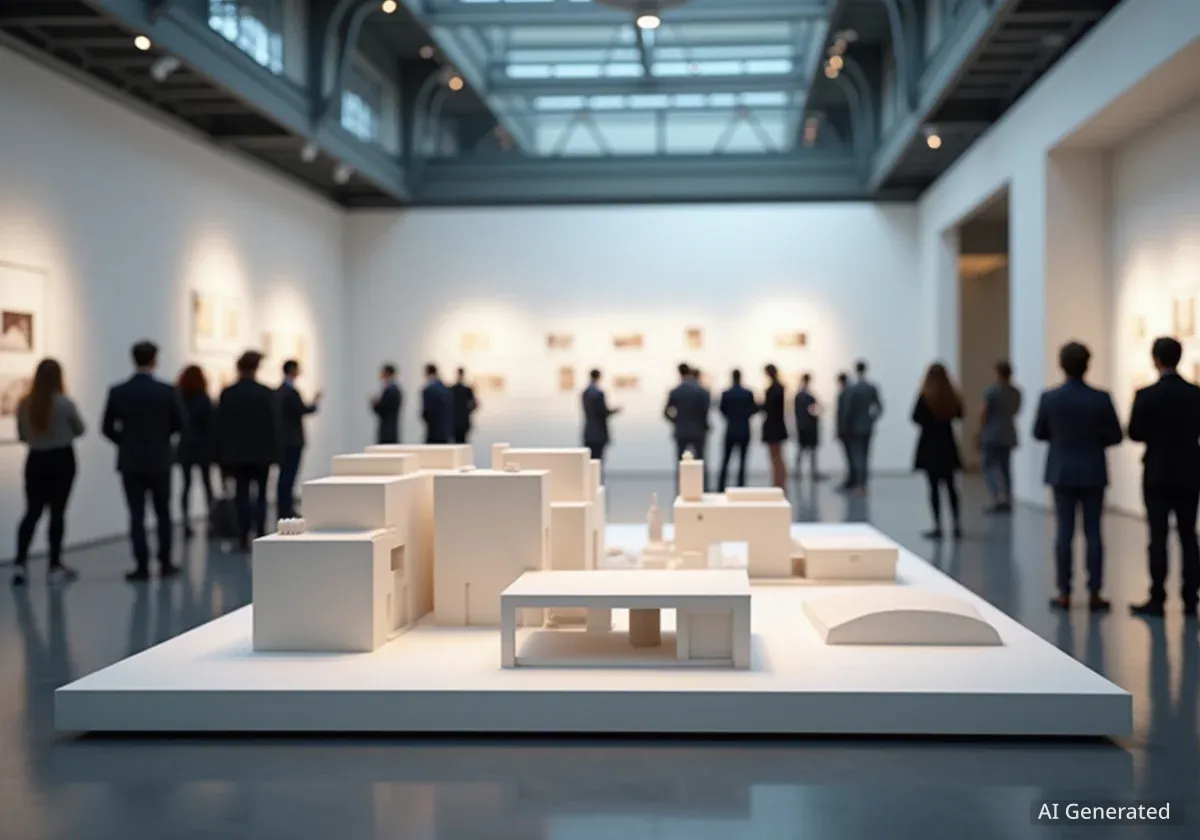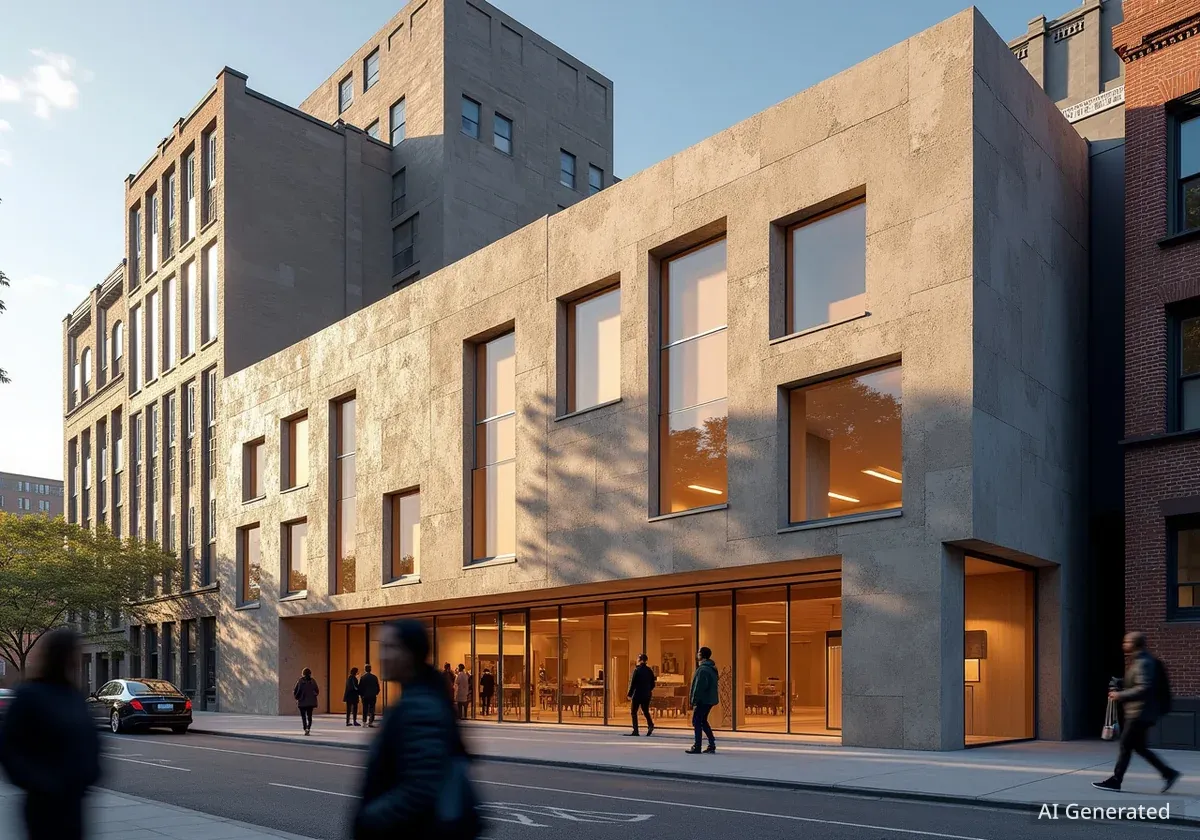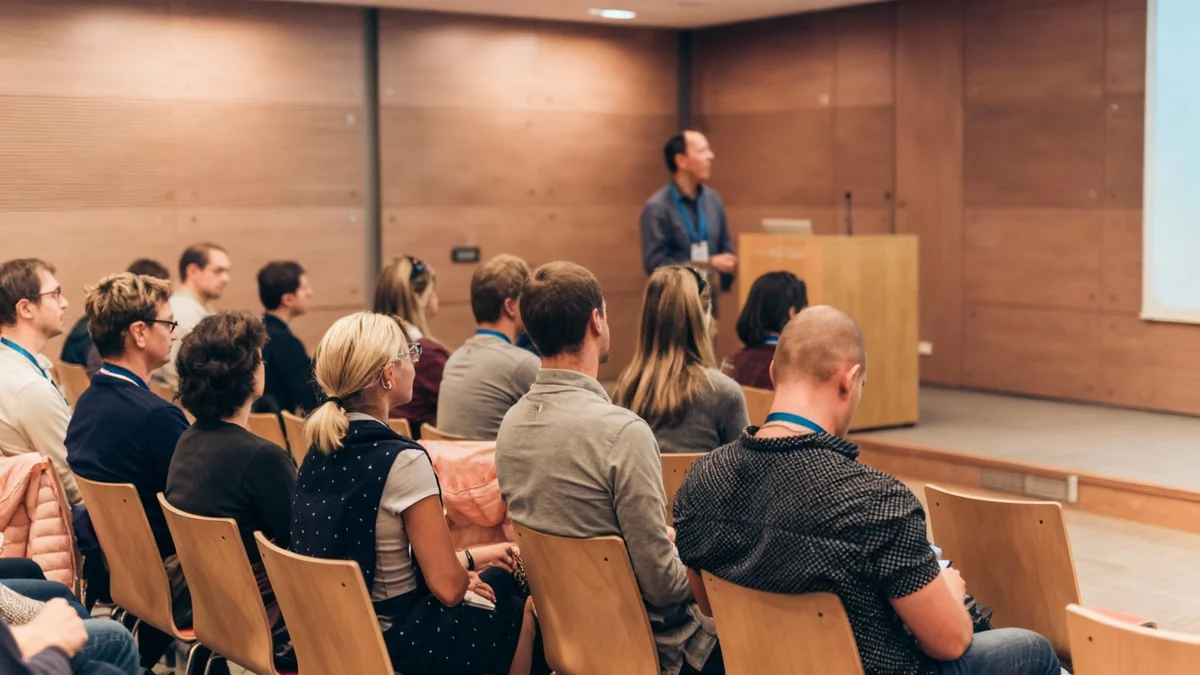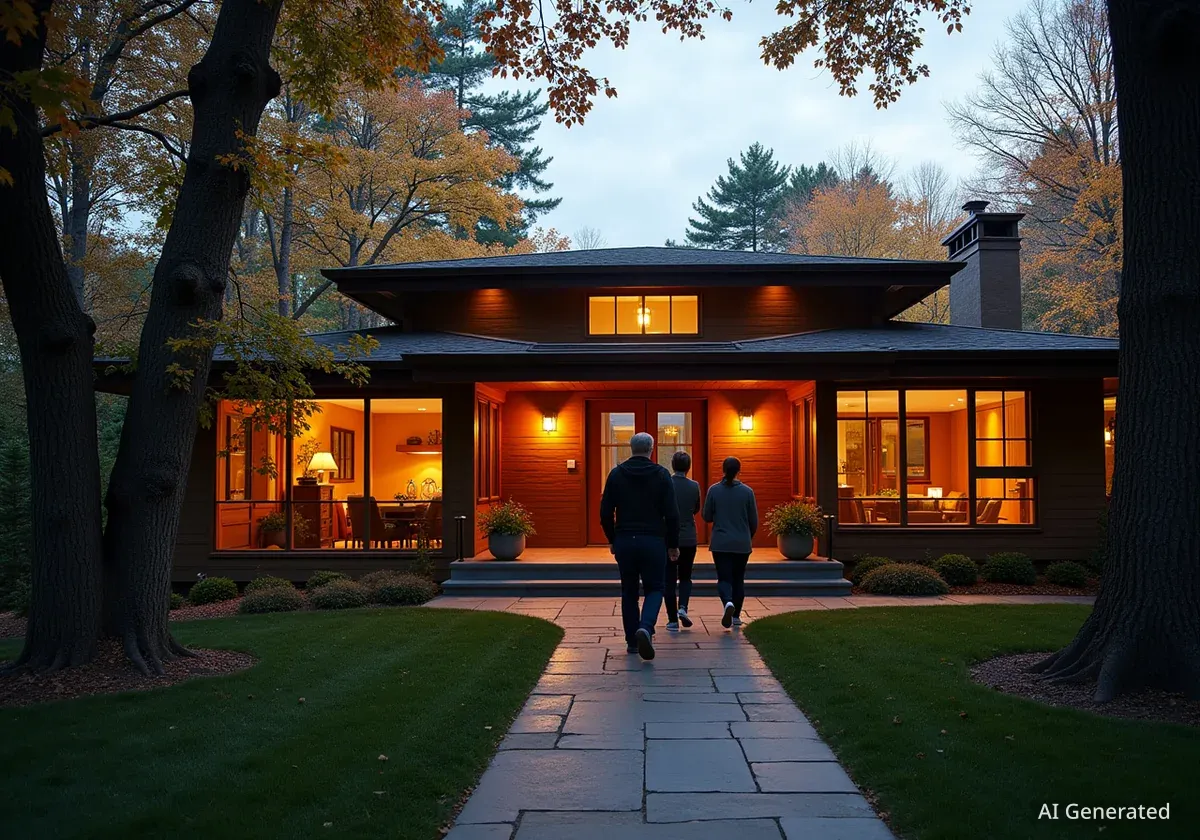The Chicago Architecture Biennial has begun, featuring the work of over 70 architects, artists, and designers. This year's event focuses on how humans adapt to rapid global changes, particularly concerning how and where we live. The festival, titled “Shift: Architecture in a Time of Radical Change,” runs from Friday through February.
Florencia Rodriguez, the Biennial’s first Latina artistic director, leads the event. Rodriguez, based in Buenos Aires, Argentina, and a professor at the University of Illinois at Chicago, emphasizes the need to understand and design the world we want for the future.
Key Takeaways
- The Chicago Architecture Biennial features over 70 participants.
- Its theme is “Shift: Architecture in a Time of Radical Change.”
- Florencia Rodriguez is the first Latina artistic director.
- Exhibits are free and located across multiple venues.
- The festival runs from October to February.
Understanding a Changing World Through Design
Rodriguez stated, "I think we all feel that things are changing and we need to regroup and understand what is the world that we want to design and project." She made this comment after her opening speech to designers and artmakers at the Chicago Cultural Center’s Preston Bradley Hall. Her vision for the festival centers on designs that offer solutions to our evolving global environment.
This approach involves considering climate and sustainability, the types of materials used in construction, and how current designs will influence the future. The Biennial aims to highlight designs that speak to the lives of everyday people. This includes projects focused on sustainable and affordable housing, as well as social and environmental transformations.
Biennial Facts
- Over 70 architects, artists, and designers are participating.
- The festival spans five months, from October to February.
- All exhibits are free to the public.
- The event activates cultural spaces and neighborhoods across Chicago.
Exhibitions Across Chicago
Visitors can explore the new exhibition, “SHIFT: Architecture in Times of Radical Change,” at the Chicago Cultural Center. The festival extends beyond this central location. Other venues include the grounds of the Museum of Science and Industry, the Stony Island Arts Bank, and the Graham Foundation for Advanced Studies and the Fine Arts in the Gold Coast.
According to Rodriguez, the connecting theme across all sites is the creation of inviting and accessible spaces for everyone. These designs are intended to be long-lasting and beneficial to communities. Architecture is an art form that people encounter daily, often without conscious thought.
Examples of this subconscious engagement include park benches or the design of a public lobby. These elements show how architecture and design are integral to daily life. The Biennial seeks to bring these often-overlooked aspects into focus.
"It’s a festival about the spaces we inhabit, about the built environment, and everyone can come enjoy the art and learn more about the decisions we make."
— Florencia Rodriguez, Artistic Director
Highlighting Innovative Installations
Rodriguez expressed particular excitement about an installation by artist Jacqueline Kiyomi Gork. This piece is located on the first floor of the Chicago Cultural Center. She described it as having "inflatable walls that inflate and deflate and seem to be breathing with symphony sounds."
Visitors can observe the mechanics behind the sounds, creating a powerful metaphor. Rodriguez explained, "It’s like the world that we know is inflating and then falling down and then it goes up again. That’s a fantastic kind of metaphor for these ideas that we’re bringing." This installation aims to visually represent the constant changes and adaptations in our environment.
About the Biennial
The Chicago Architecture Biennial is an international exhibition of contemporary architecture. It aims to showcase innovative architectural projects and ideas. The event engages the public with architecture and urbanism, fostering discussion about the built environment and its future.
New Initiatives and Historical Tributes
For the first time, the Biennial introduces “SHIFT,” a series of projects spanning five months. These projects will activate various cultural spaces, civic landmarks, and neighborhoods throughout Chicago. This expansion aims to integrate the Biennial more deeply into the city's fabric.
One notable installation is “Traces,” located on the north lawn of the Griffin Museum of Science and Industry. This exhibit features 10,000 dry-stacked bricks. It serves as a tribute to the 1893 World’s Columbian Exposition, tracing the footprint of the World’s Fair buildings that once occupied that space.
Featured architect Sol Camacho also presents her glass piece, “Our Second Skin, The Skin,” within the exhibition. This work contributes to the Biennial's exploration of material use and environmental themes. The Biennial serves as an accessible platform for understanding architecture.
Many people may not be familiar with the term “Architectural Biennial.” However, Rodriguez simplifies its purpose. She describes the event as a place to enjoy the beauty of architecture and learn new things about our world. It offers a unique opportunity for public engagement with design and urban planning.
The festival aims to connect people with the architectural decisions that shape their daily lives. By making exhibits free and accessible, the Biennial encourages a broad audience to explore these important themes. It highlights how design can respond to critical global challenges, from climate change to social equity.




